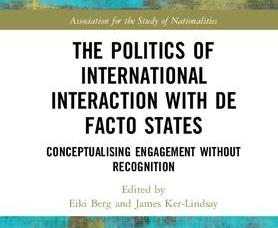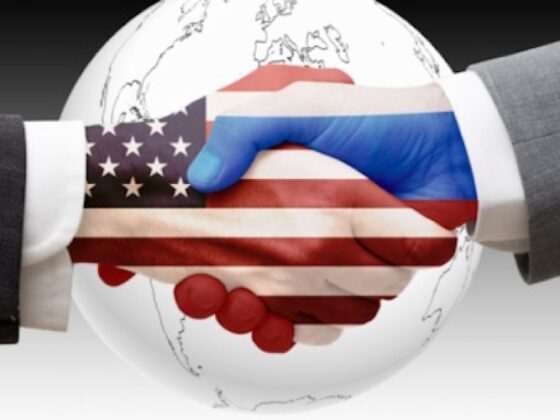(Point & Counterpoint) (By Maria Lipman & Maria Volkenstein) The rise of diversity and individualism in Russian society is undisputed. However, these new trends are observed, first and foremost, in the private sphere, in consumption, and in everyday practices, while the political realm remains “frozen.”
Modernization, as it applies to Russia, is a tricky subject. Soviet Communism was in itself a modernizing project: it repudiated the ancien regime and radically reformed traditional Russian society by exterminating those social groups that were the most obvious carriers of national traditions: the nobility, peasants, and the clergy. The Communist leadership conducted massive industrialization, urbanization, and secularization. The education level rose tremendously, the Soviet people were granted suffrage (albeit in a single-party political system) earlier than most of their Western counterparts, and women joined the Soviet workforce in significantly larger numbers than in Western countries associated with modernity. Soviet modernization employed brutal methods and was a top-down process since the Communist party-state had absolute control over all spheres of life. People were forced to join state-organized mass organizations, while any signs of autonomous organization were treated as grave crimes: in the Stalin era, such offenders were executed (nearly always on trumped-up charges), and even in later periods punishments for organizing outside government structures were severe. As a result, the Soviet environment thoroughly eradicated all pre-revolutionary memories and skills of social organization; social ties were severed and every Soviet citizen found himself or herself one-on-one with the formidable Communist state. […]












